Here’s a translation from the last chapter, Conclusion, in the book Bogumili by Radmilo Petrović. It sums up what is known and unknown regarding the Gnostic Bogomils of medieval Bosnia. Also what implications that history had later on and up until today.
Chapter 13, Conclusion, p. 207-210. Hopefully my translation is good enough, any comments and corrections are welcome.
Bogomilism is, it seems, a known phenomenon, yet still in the realm of the unknown was the driving force behind this work [the book]. Similar to the Celtic three sided lightning symbol, Triskelion, following the unknown, I didn’t spot that which was important, nor learn anything new that I didn’t know little about already. But the science, like any explorer’s desire, sometimes bypasses over the unknown with pure will, and other times for the most lucky ones, like the strike of Triskelion, the truth emerges forth when least expected and just before giving up the journey into the unknown.
When one gets familiar with the land of Bosnia of today and of the ancient times, let us intentionally not mention Herzegovina, because that has always been a inextricably tissue of the country like the unbreakable heresy of the Bogomils; that is even to this day ignored and not familiarized with, not beloved nor understood, for we will always call it Bosnia.
That is how a once unified and equated Bosnia and the Bogomil heresy through best ways for almost 800 years, only from religious hate and intolerance, finally caused Bogomilism to be judged into oblivion and bad luck, all the way from Persia to France. [For more info about the French Cathars, see this post with documentaries in it – Catharism and Bogomilism – Documentary About the True Christianity?]
The biggest problem of Bogomilism in Bosnia was that it came when Bosnia for the Serbian king Bodin was completely a catholic country. And when added to that the chase of Bogomils came about from the Serbian Orthodox Christians, from the great prefect Stefan Nemanja in the 12th century, that lasted until Dušan’s Code in the 14th century. Bosnia and the Bogomil faith were forced to fight religious hate coming from the Roman Catholics and Serbian Orthodox Christians – more than the looming threat from the Catholic Hungarian Kingdom in the north. As if always in Bosnia, hate was always before truth, religion ahead of life, and fairness toward poor people just a topic about conviction and punishment.
And how could it have ever been possible for the formation of a medieval country of Bosnia and Hum, of Kosača noble family, to last continuously from the 12th to the 15th century, where finally Islam overtook the Bogomil history of Bosnia and Herzegovina and the local people finally got saved from the heresy they never committed.
The Bosnian understanding of its medieval country as a royal government royalty and national church without schematism, without existing church objects or church hierarchy, where there was only national feudalism of old slavic arrangement and at times some early Christian schematism of the 9th and 10th century that never went over the Bosnian neighbors. The Roman papal country had great struggle and difficulty in dissolving the national schematic without the usual distinctive Christian markings. Jealously guarding their grandfathers, guests and engineers, the medieval Bosnian country, from the 12th to 15th century, did never give in to any Church organization even though constantly pressured from the pope in the west, the Orthodox in the east and the aggressive Hungarians in the north. Thus guarding and keeping their Bogomil schemantism like the pupil of an eye. And the Bosnian ruler, like the people of Bosnia, knew that Bosnia would forever be remain free if their national church would be free. Even if the house of Kotomanići and king Tvrtko I flirted with both the Catholics and Orthodox, with the coronation in Serbian Mileševi, it was always single events from rulers who were very conscientious and responsible for the future of their country and people. Refusing to become Catholics nor Orthodox in the Serbian way, they were proclaimed to be heretics, cathars, bogumils and finally the hateful babunima (cannot find a translation for this word), despite non of these names being true in describing them. The Bosnian bans and kings ruled their land with great military potential, wealth and people of their own faith and not that of someone else’s, they managed to preserve this special feature even to this day. When one says Bosnian or even Herzegovinian, one always associates to something different from the rest and of something that constitutes it’s own way of life without outside control.
With this book Bogomils, weaved from facts all was taken into account: stone monuments, stećci, currency, coins and hand writings from the Bosnian Church. Historical sources were analyzed not only through the works of Šišićev and Ćorović, but from all commentators of the Bosnian Church phenomenon from the times of Račkog to Jadranko Neralić and amazingly honest academic Anica Nazor. Even if in all of them, starting from Račkog to Glušca and Dubravka Lovernović, there was always a hidden national subjectivity (Croatian and Serbian), all of them nevertheless finally concluded that the Bosnian Church that was of the Bogomil tradition, never was neither Catholic nor Orthodox, ultimately nor heretic. In that way the topic of “heretical Bosnia” can, like all personal, nationalistic, religious or other agendas, the truth can kneel down before actual facts of foreign pretensions and thus reflect upon the territory and the church and get embodied in the people. Because extreme hate against Bogomils only got buffed, from the innocent people of Bosnia and Hum, that in the end only found salvation and safety in accepting the faith of Islam, by which we can say saved the same people to this day. Despite the schism between the three faiths [meaning the Abrahamic religions in the region] survived the Bogomil heresy, in it the one Bosnian people managed to create three different and independent countries. That is the way Bosnians became Croats, Serbs and Bosniaks. Hate that for over eight hudred years smoldered the region finally destroyed it’s common land and history. Somethign even more absurd is that, the brothers and sisters of the same people estranged themselves from each other due to religious difference – worse than anyone else in history. Their hate repressed their common history, their common ancestors, their common Bogomil Church and their once common country and national pride.
Photos of Stećci from the book
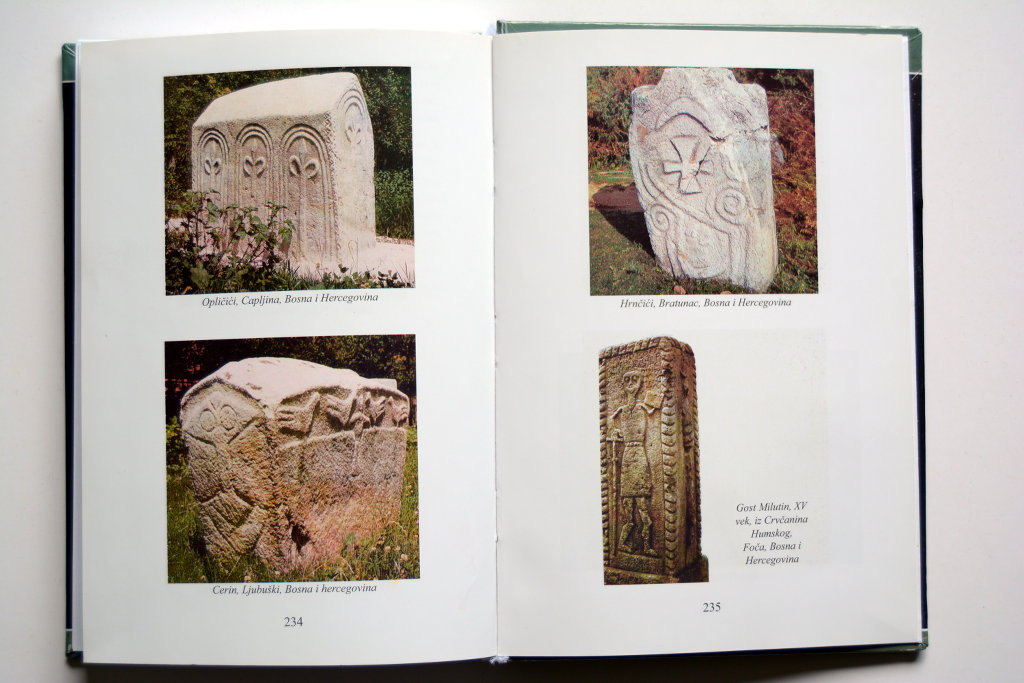
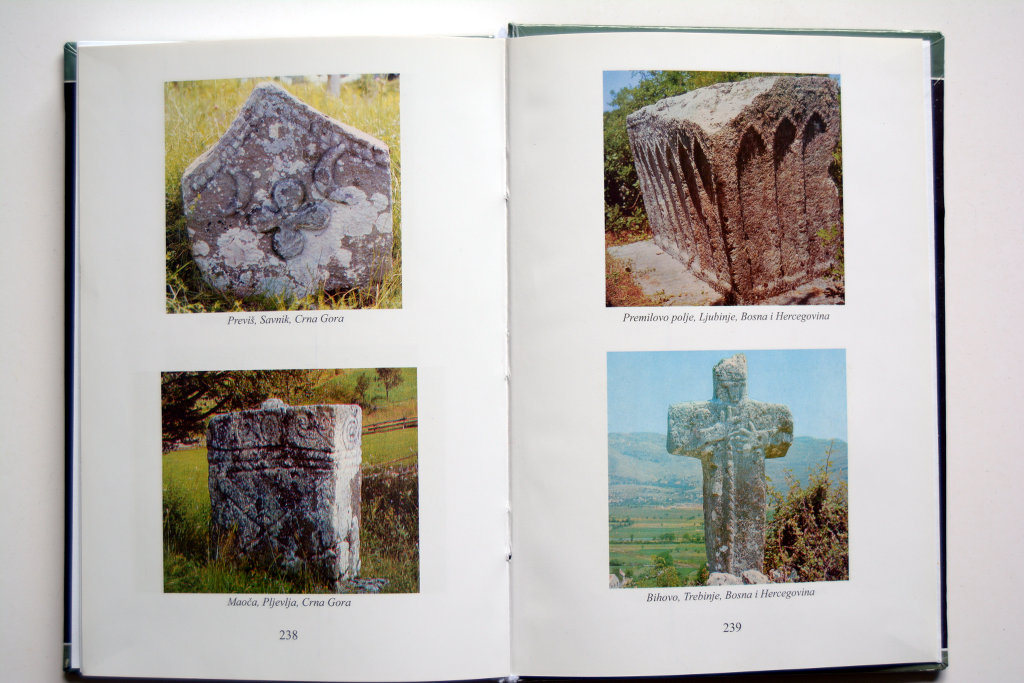
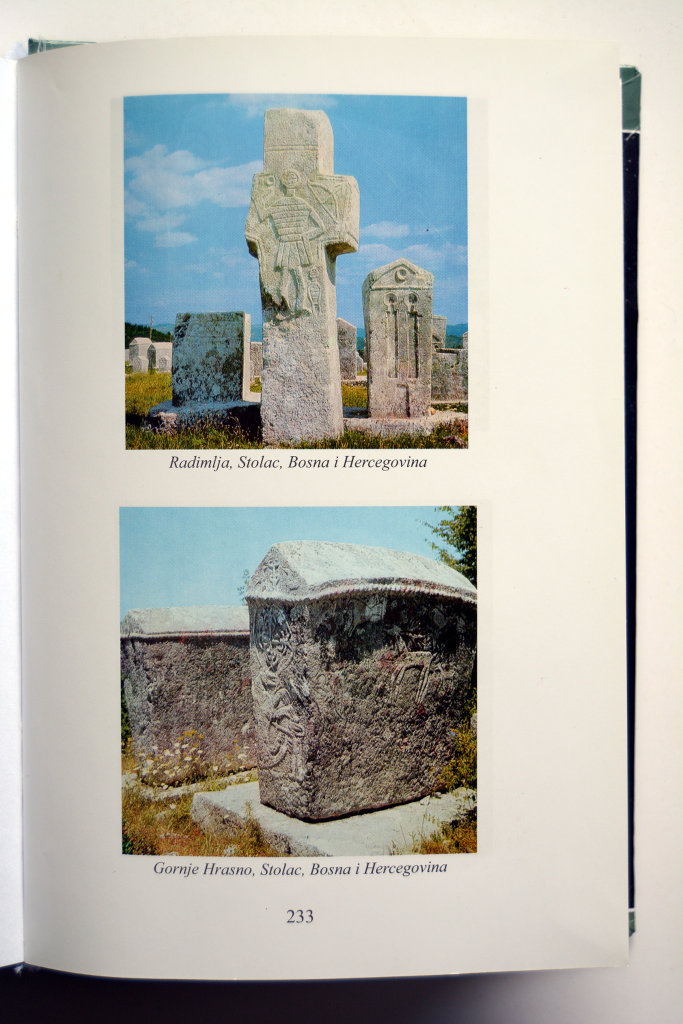
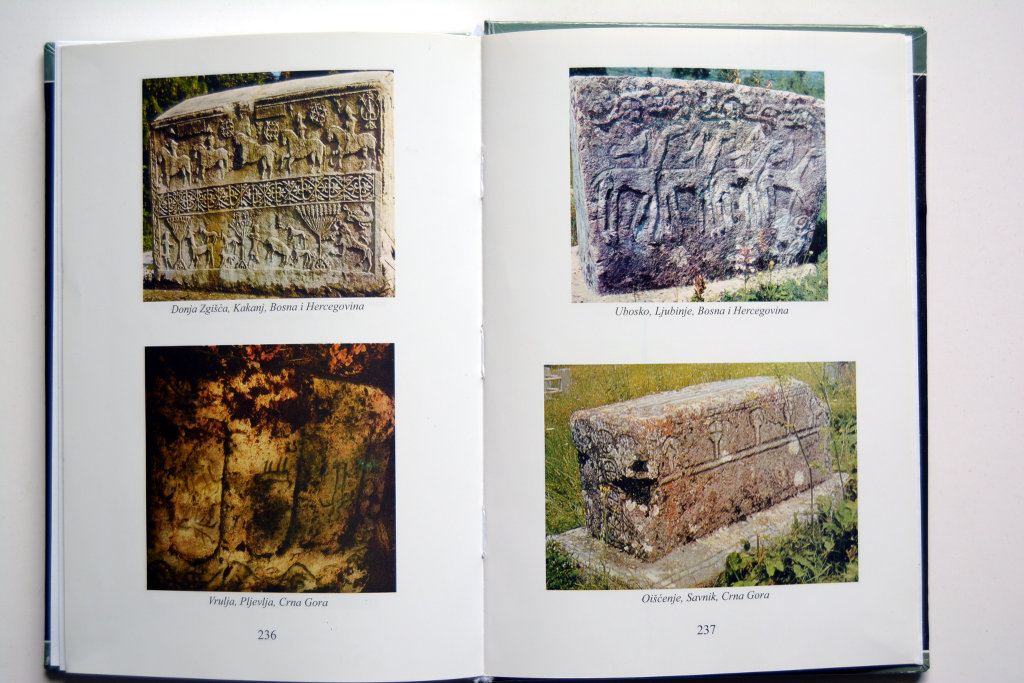
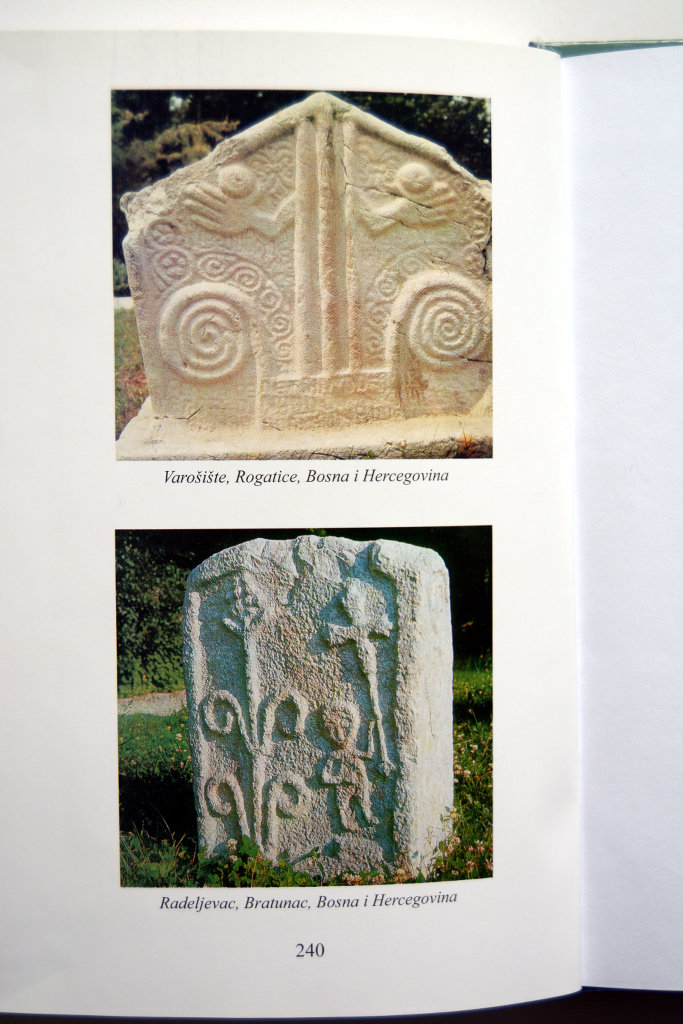
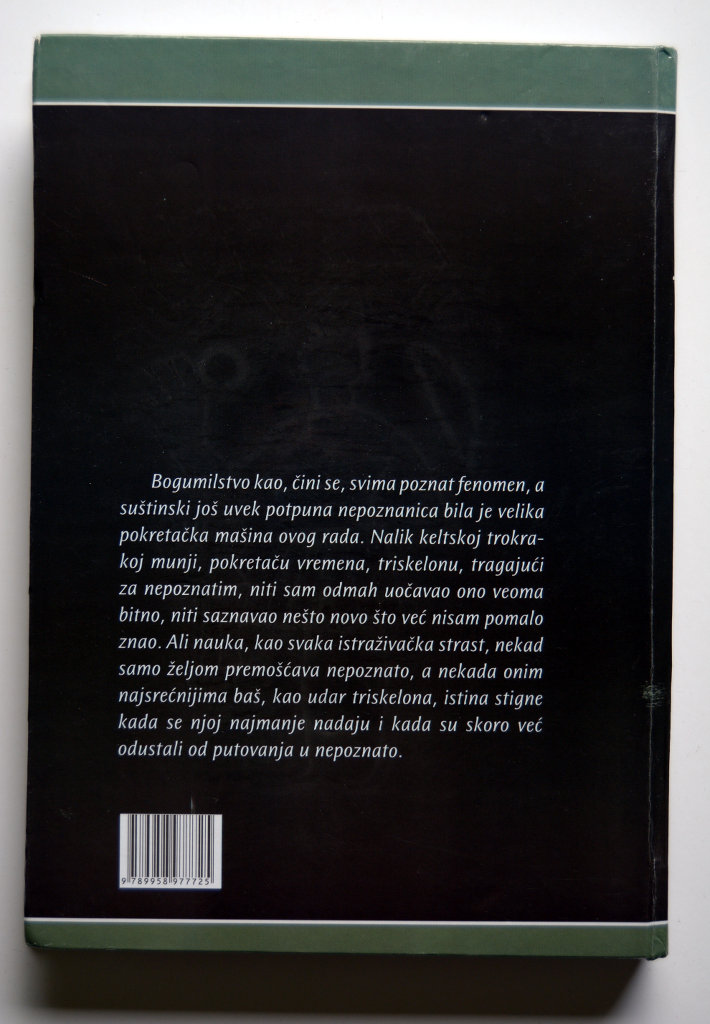




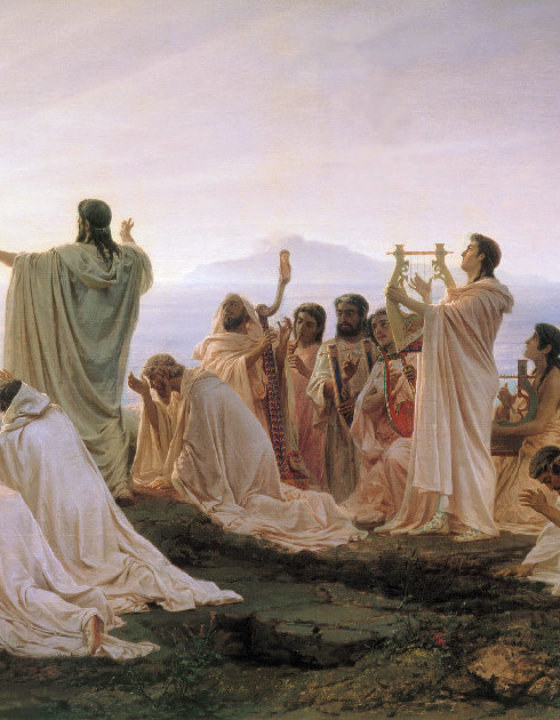
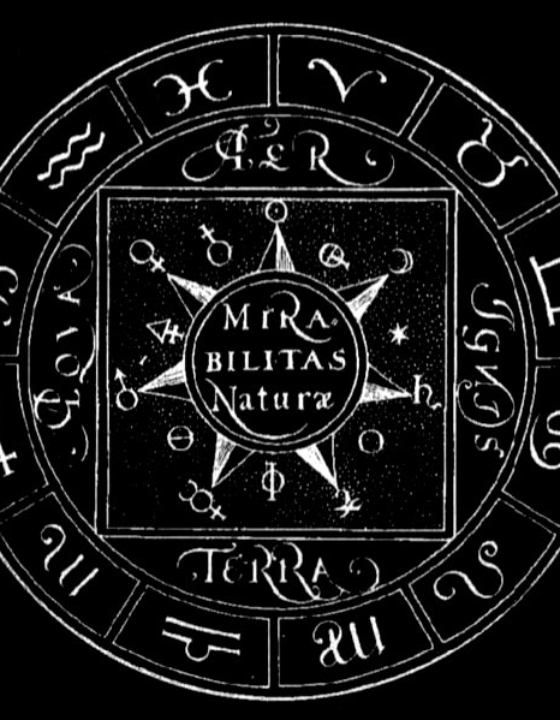
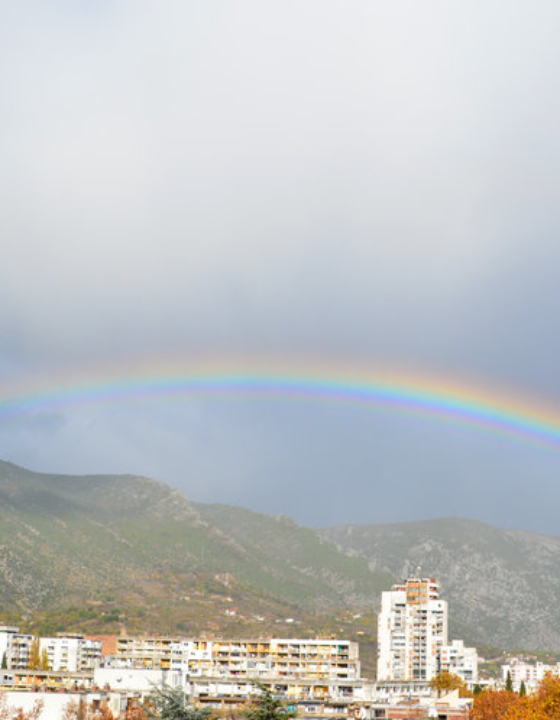
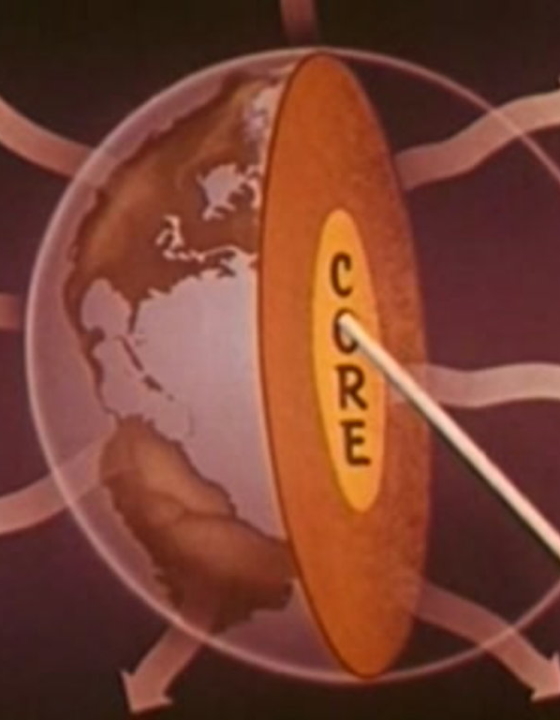
What do you think?